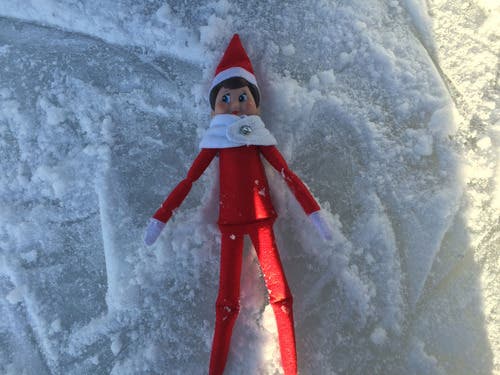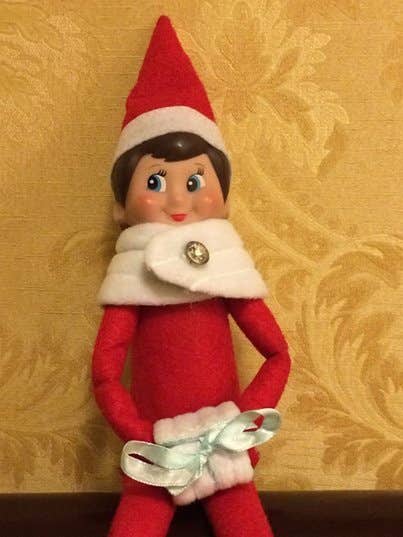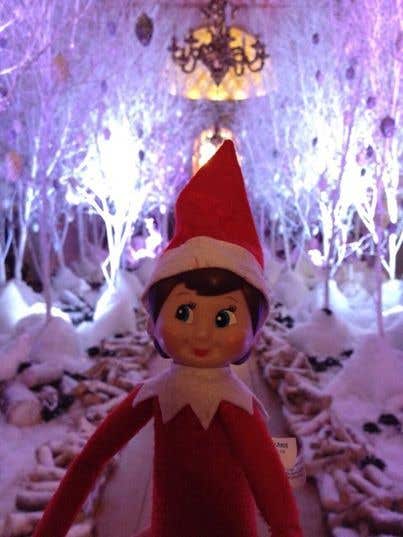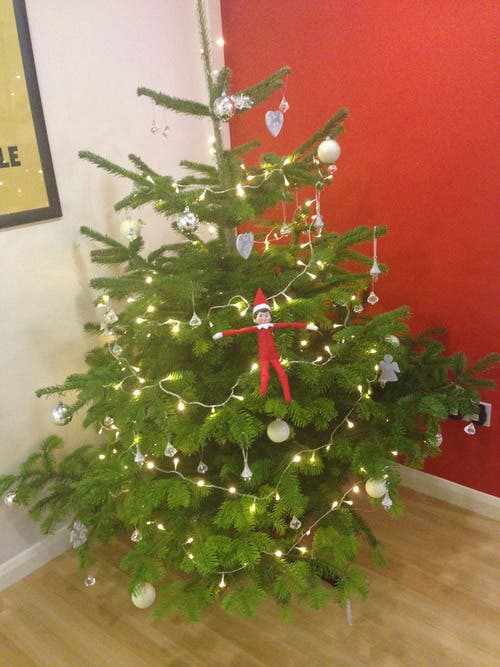We are joining in the Elf on the Shelf fun again this year! The Elf of the Shelf tradition started over in America and is quickly becoming popular here in the UK. The Elf on the Shelf pack includes a special scout elf sent from the North Pole to help Father Christmas manage his naughty and nice lists. When a family adopts an elf and gives it a name, the scout elf receives its Christmas magic and can fly to the North Pole each night to tell Father Christmas and the elves about all of the day’s adventures. Each morning, the elf returns to its family and perches in a different place to watch the fun. Children love to wake up and race around the house looking for their scout elf each morning.
Jane is back with her Learning Resources family for Christmas. She is saying hello to some of the friends she met last year, and introducing herself to the many new people that have joined the company in 2014.

We’ve had a very good year this year, and have seen the company grow a lot! We have taken on 9 new members of staff and we’re set to continue the trend into 2015. Jane has enjoyed meeting the new people, especially Jo who we like to refer to as our ‘in-house education expert’.
Jane has had a lot of fun already, she has been to LA with Dennis to visit the Educational Insights offices. While she was there, Dennis treated her to some new accessories. What a classy elf we have now!

Our little elf also joined Sammy at a very festive Holkham Hall at the weekend. While they were there she listened to a lovely choir, saw some Victorian Christmas cooking and visited the deer. Jane’s favourite festive room within the hall was the tree room!

Just yesterday Jane helped John to decorate the Christmas tree of the Learning Resources offices. Do you think she did a good job? Our tree was kindly donated by Sam in our accounts department.

Do you have an elf visiting your home, work or school this year? We’d love to know what they’ve been up to. Keep track of Jane the elf’s activities and the Learning Resources festive spirit on our Facebook page at https://www.facebook.com/LearningResourcesUK.
Until next time…
Laura







































